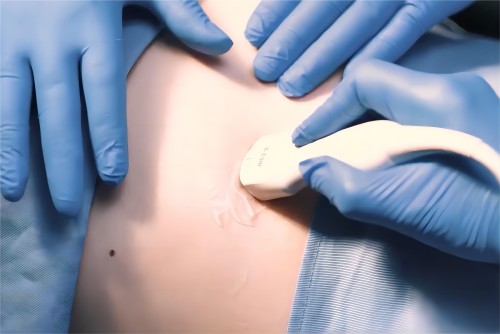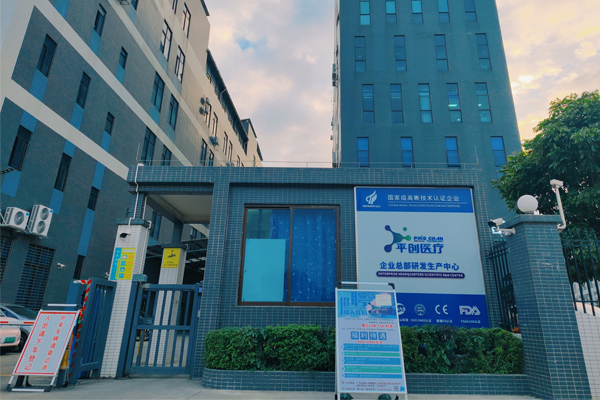The two core performance indicators of medical ultrasound gel—viscosity and acoustic conductivity—directly affect the ease of operation and the quality of imaging. Different clinical application scenarios may have refined requirements for these two indicators. For example, some examinations require high viscosity to prevent leakage, while others may prioritize the ultimate acoustic conductivity to obtain clearer deep images.

Brand manufacturers or medical institutions that wish to obtain coupling agents that fully meet their specific needs must understand how viscosity and acoustic conductivity are customized through technical means. Pingchuang Medical Group, with its professional technical strength, can provide customers with customized services for these two key performance indicators and provide technical answers here.
The customization of viscosity is mainly achieved by precisely controlling the type and concentration of thickeners in the formula. The commonly used thickeners in ultrasound gel are water-soluble high molecular polymer, such as Carbomer, hydroxyethyl cellulose (HEC), and hydroxypropyl methyl cellulose (HPMC). Different types of thickeners have different thickening efficiency, rheological properties (such as shear thinning degree), and skin feel. For the same type of thickener, the higher the concentration, the higher the gel viscosity it usually forms. Pingchuang Medical's R&D team is proficient in the performance characteristics and compound technology of various commonly used thickeners. By selecting the appropriate type of thickener (or a compound of several thickeners) and precisely controlling its addition amount in the formula, combined with optimizing the pH value (the viscosity of some thickeners like Carbomer is greatly affected by pH), it is possible to achieve precise control of the final viscosity of the coupling agent over a wide range, from low viscosity to medium viscosity to high viscosity, even to extremely high viscosity. The homogenization process (speed, time) in the production process also affects the final viscosity, which needs to be optimized and controlled in parallel.
The customization of acoustic conductivity is relatively complex, as it involves both acoustic impedance matching and acoustic attenuation. Acoustic impedance is mainly determined by the density and sound velocity of the medium. The acoustic impedance of water is relatively close to that of human soft tissue, so coupling agents with water as the main matrix usually have good acoustic impedance matching. By adding certain specific ingredients (such as appropriate amounts of glycerin, propylene glycol, etc.), the sound velocity and density can be slightly adjusted to optimize the acoustic impedance matching. Acoustic attenuation is related to the viscosity of the medium, molecular structure, and whether there are scatterers (such as bubbles, impurities). Generally, the higher the viscosity, the greater the acoustic attenuation may be. Therefore, maintaining low attenuation while pursuing high viscosity is a technical challenge. Pingchuang Medical strives to achieve the lowest possible acoustic attenuation under different viscosity conditions by selecting high-purity raw materials, adopting vacuum degassing technology to remove bubbles to the maximum extent, and exploring new low-attenuation polymer materials, ensuring excellent acoustic conductivity.

The customization service process for viscosity and acoustic conductivity provided by Pingchuang Medical to customers is usually as follows: first, communicate deeply with customers about their specific application scenarios, expected performance indicators range, and other relevant requirements (such as safety, skin feel, packaging, etc.). Then, the R&D team designs or adjusts the formula according to the needs, and conducts preliminary tests of key performance indicators (viscosity, sound velocity, pH, etc.) in the laboratory. Next, provide free samples to customers for actual evaluation and feedback. According to the feedback results, further formula optimization may be required. Finally, after confirming the formula, process scaling and mass production are carried out. Throughout the process, Pingchuang Medical's professional technical team will provide continuous technical consultation and support.
The viscosity and acoustic conductivity of ultrasound gel can be customized through professional technical means. Pingchuang Medical, with its technical strength and rich experience in formula design, raw material selection, process control, and performance testing, can provide reliable customized solutions according to the refined needs of customers, ensuring that the final product meets the expected goals in key performance indicators.
